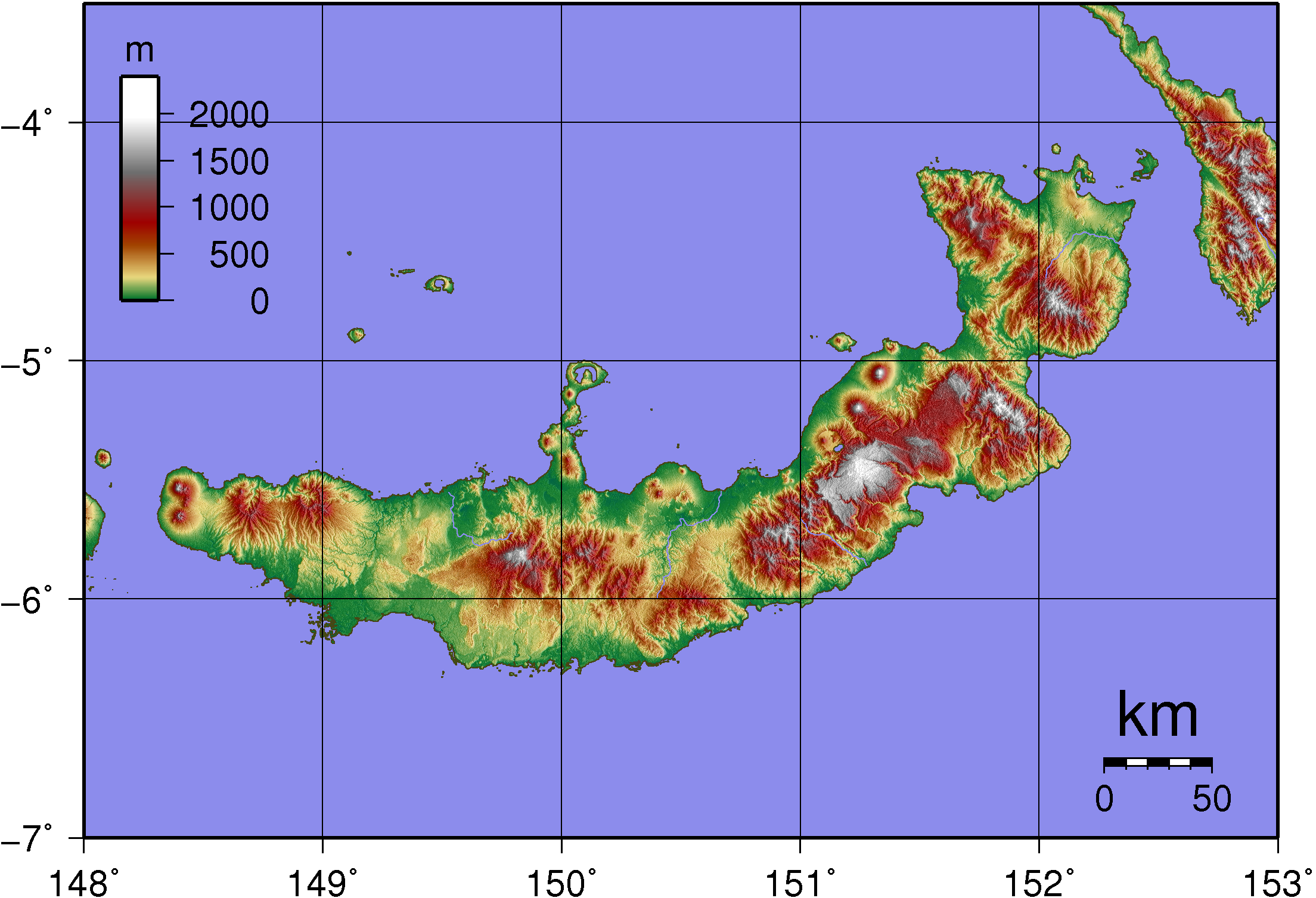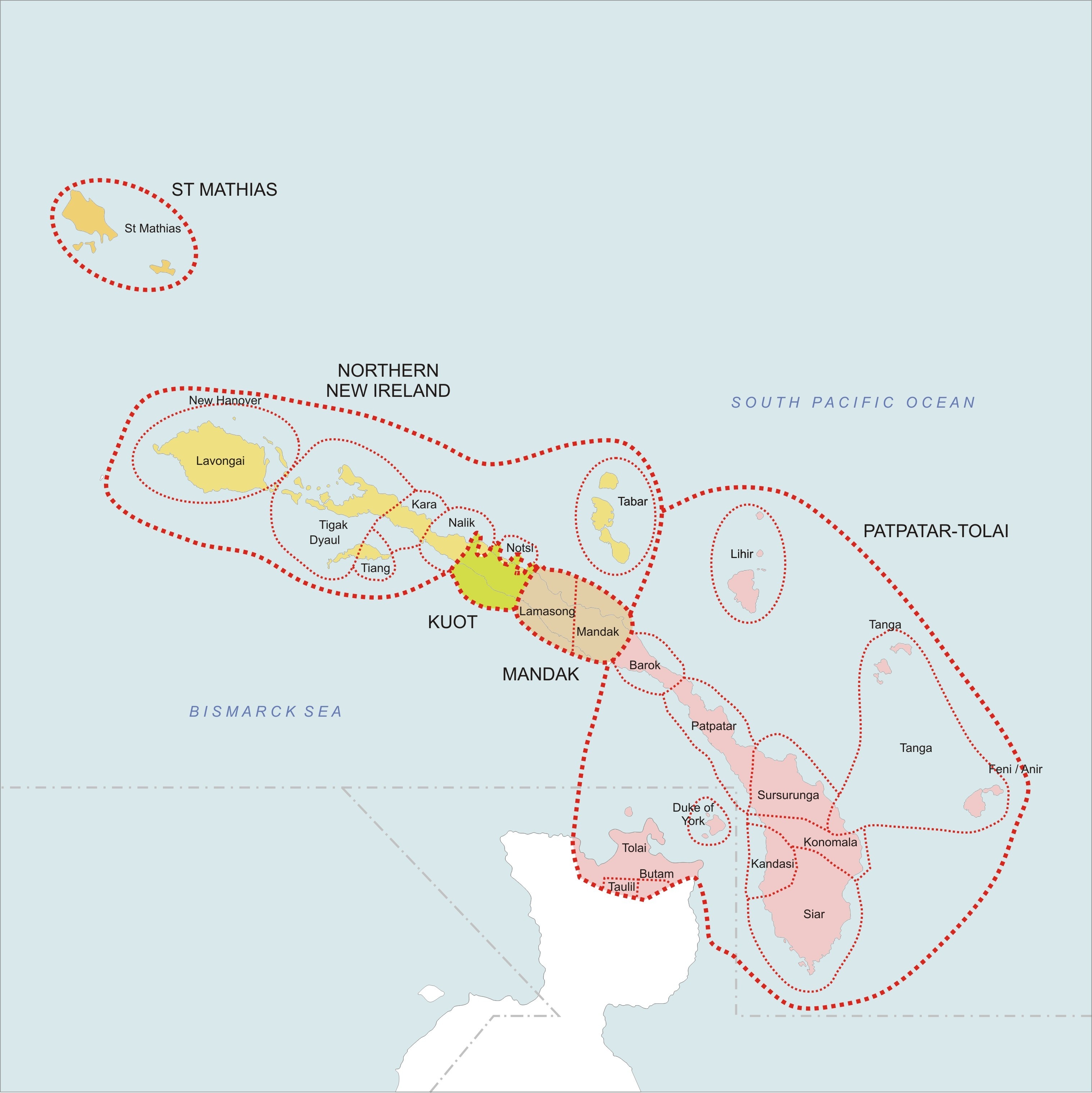|
Tomoip Language
Tomoip is an Oceanic language of New Britain in Papua New Guinea Papua New Guinea (abbreviated PNG; , ; tpi, Papua Niugini; ho, Papua Niu Gini), officially the Independent State of Papua New Guinea ( tpi, Independen Stet bilong Papua Niugini; ho, Independen Stet bilong Papua Niu Gini), is a country i .... External links * Paradisec has the Malcolm Ross collectionMR1, which includes Tomoip language materials. References Meso-Melanesian languages Languages of East New Britain Province Languages of West New Britain Province {{MesoMelanesian-lang-stub ... [...More Info...] [...Related Items...] OR: [Wikipedia] [Google] [Baidu] |
Papua New Guinea
Papua New Guinea (abbreviated PNG; , ; tpi, Papua Niugini; ho, Papua Niu Gini), officially the Independent State of Papua New Guinea ( tpi, Independen Stet bilong Papua Niugini; ho, Independen Stet bilong Papua Niu Gini), is a country in Oceania that comprises the eastern half of the island of New Guinea and its offshore islands in Melanesia (a region of the southwestern Pacific Ocean north of Australia). Its capital, located along its southeastern coast, is Port Moresby. The country is the world's third largest island country, with an area of . At the national level, after being ruled by three external powers since 1884, including nearly 60 years of Australian administration starting during World War I, Papua New Guinea established its sovereignty in 1975. It became an independent Commonwealth realm in 1975 with Elizabeth II as its queen. It also became a member of the Commonwealth of Nations in its own right. There are 839 known languages of Papua New Guinea, one of ... [...More Info...] [...Related Items...] OR: [Wikipedia] [Google] [Baidu] |
New Britain
New Britain ( tpi, Niu Briten) is the largest island in the Bismarck Archipelago, part of the Islands Region of Papua New Guinea. It is separated from New Guinea by a northwest corner of the Solomon Sea (or with an island hop of Umboi the Dampier and Vitiaz Straits) and from New Ireland by St. George's Channel. The main towns of New Britain are Rabaul/Kokopo and Kimbe. The island is roughly the size of Taiwan. While the island was part of German New Guinea, it was named Neupommern ("New Pomerania"). In common with most of the Bismarcks it was largely formed by volcanic processes, and has active volcanoes including Ulawun (highest volcano nationally), Langila, the Garbuna Group, the Sulu Range, and the volcanoes Tavurvur and Vulcan of the Rabaul caldera. A major eruption of Tavurvur in 1994 destroyed the East New Britain provincial capital of Rabaul. Most of the town still lies under metres of ash, and the capital has been moved to nearby Kokopo. Geography New Britain e ... [...More Info...] [...Related Items...] OR: [Wikipedia] [Google] [Baidu] |
Malayo-Polynesian Languages
The Malayo-Polynesian languages are a subgroup of the Austronesian languages, with approximately 385.5 million speakers. The Malayo-Polynesian languages are spoken by the Austronesian peoples outside of Taiwan, in the island nations of Southeast Asia (Indonesian and Philippine Archipelago) and the Pacific Ocean, with a smaller number in continental Asia in the areas near the Malay Peninsula. Cambodia, Vietnam and the Chinese island Hainan serve as the northwest geographic outlier. Malagasy, spoken in the island of Madagascar off the eastern coast of Africa in the Indian Ocean, is the furthest western outlier. The languages spoken south-westward from central Micronesia until Easter Island are sometimes referred to as the Polynesian languages. Many languages of the Malayo-Polynesian family show the strong influence of Sanskrit and Arabic, as the western part of the region has been a stronghold of Hinduism, Buddhism, and, later, Islam. Two morphological characteristics of the M ... [...More Info...] [...Related Items...] OR: [Wikipedia] [Google] [Baidu] |
Oceanic Languages
The approximately 450 Oceanic languages are a branch of the Austronesian languages. The area occupied by speakers of these languages includes Polynesia, as well as much of Melanesia and Micronesia. Though covering a vast area, Oceanic languages are spoken by only two million people. The largest individual Oceanic languages are Eastern Fijian with over 600,000 speakers, and Samoan with an estimated 400,000 speakers. The Gilbertese (Kiribati), Tongan, Tahitian, Māori, Western Fijian and Tolai (Gazelle Peninsula) languages each have over 100,000 speakers. The common ancestor which is reconstructed for this group of languages is called Proto-Oceanic (abbr. "POc"). Classification The Oceanic languages were first shown to be a language family by Sidney Herbert Ray in 1896 and, besides Malayo-Polynesian, they are the only established large branch of Austronesian languages. Grammatically, they have been strongly influenced by the Papuan languages of northern New Guinea, but they ... [...More Info...] [...Related Items...] OR: [Wikipedia] [Google] [Baidu] |
Western Oceanic Languages
The Western Oceanic languages is a linkage of Oceanic languages, proposed and studied by . Classification The West Oceanic linkage is made up of three sub-linkages:. * North New Guinea linkage * Meso-Melanesian linkage * Papuan Tip linkage The center of dispersal was evidently near the Willaumez Peninsula The Willaumez Peninsula is located on the north coast of New Britain in the West New Britain Province. It was named after Jean-Baptiste Philibert Willaumez Jean-Baptiste Philibert Willaumez (7 August 1763 – 17 May 1845) was a French sailor, ... on the north coast of New Britain. Notes References * * {{Austronesian languages Oceanic languages ... [...More Info...] [...Related Items...] OR: [Wikipedia] [Google] [Baidu] |
Meso-Melanesian Languages
The Meso-Melanesian languages are a Linkage (linguistics), linkage of Oceanic languages spoken in the large Melanesian islands of New Ireland and the Solomon Islands east of New Guinea. Uneapa language, Bali is one of the most conservative languages. Composition The languages group as follows: *Willaumez Peninsula, Willaumez linkage: Bola language (Austronesian), Bola, Bulu language (Oceanic), Bulu, Meramera language, Meramera, Nakanai language, Nakanai *Bali–Vitu: Uneapa language, Bali (Uneapa), Vitu language, Vitu (Muduapa) [may be a single language] *New Ireland – Northwest Solomonic linkage **Tungag–Nalik family: Tigak language, Tigak, Tungag language, Tungag, Nalik language, Nalik, Laxudumau language, Laxudumau, Kara language (Papua New Guinea), Kara, Tiang language, Tiang **Tabar linkage: Mandara language, Madara (Tabar), Lihir language, Lihir, Notsi language, Notsi **Madak linkage: Barok language, Barok, Lavatbura-Lamusong language, Lavatbura-Lamusong, Madak langua ... [...More Info...] [...Related Items...] OR: [Wikipedia] [Google] [Baidu] |
Core Meso-Melanesian Languages
The Meso-Melanesian languages are a linkage of Oceanic languages spoken in the large Melanesian islands of New Ireland and the Solomon Islands east of New Guinea. Bali is one of the most conservative languages. Composition The languages group as follows: * Willaumez linkage: Bola, Bulu, Meramera, Nakanai *Bali–Vitu: Bali (Uneapa), Vitu (Muduapa) ay be a single language*New Ireland – Northwest Solomonic linkage **Tungag–Nalik family: Tigak, Tungag, Nalik, Laxudumau, Kara, Tiang **Tabar linkage: Madara (Tabar), Lihir, Notsi **Madak linkage: Barok, Lavatbura-Lamusong, Madak ** Tomoip **St George linkage *** Niwer Mil *** Warwar Feni *** Fanamaket *** Sursurunga *** Konomala ***Patpatar–Tolai: Patpatar, Lungalunga (Minigir), Tolai (Kuanua) ***Label–Bilur: Label, Bilur ***Kandas–Ramoaaina: Kandas, Ramoaaina *** Siar *** Northwest Solomonic linkage ''Ethnologue'' adds Guramalum to the St George linkage. The Willaumez Peninsula on the north coast ... [...More Info...] [...Related Items...] OR: [Wikipedia] [Google] [Baidu] |
Oceanic Language
The approximately 450 Oceanic languages are a branch of the Austronesian languages. The area occupied by speakers of these languages includes Polynesia, as well as much of Melanesia and Micronesia. Though covering a vast area, Oceanic languages are spoken by only two million people. The largest individual Oceanic languages are Eastern Fijian with over 600,000 speakers, and Samoan with an estimated 400,000 speakers. The Gilbertese (Kiribati), Tongan, Tahitian, Māori, Western Fijian and Tolai (Gazelle Peninsula) languages each have over 100,000 speakers. The common ancestor which is reconstructed for this group of languages is called Proto-Oceanic (abbr. "POc"). Classification The Oceanic languages were first shown to be a language family by Sidney Herbert Ray in 1896 and, besides Malayo-Polynesian, they are the only established large branch of Austronesian languages. Grammatically, they have been strongly influenced by the Papuan languages of northern New Guinea, but they ... [...More Info...] [...Related Items...] OR: [Wikipedia] [Google] [Baidu] |
Languages Of East New Britain Province
Language is a structured system of communication. The structure of a language is its grammar and the free components are its vocabulary. Languages are the primary means by which humans communicate, and may be conveyed through a variety of methods, including spoken, sign, and written language. Many languages, including the most widely-spoken ones, have writing systems that enable sounds or signs to be recorded for later reactivation. Human language is highly variable between cultures and across time. Human languages have the properties of productivity and displacement, and rely on social convention and learning. Estimates of the number of human languages in the world vary between and . Precise estimates depend on an arbitrary distinction (dichotomy) established between languages and dialects. Natural languages are spoken, signed, or both; however, any language can be encoded into secondary media using auditory, visual, or tactile stimuli – for example, writing, whi ... [...More Info...] [...Related Items...] OR: [Wikipedia] [Google] [Baidu] |


